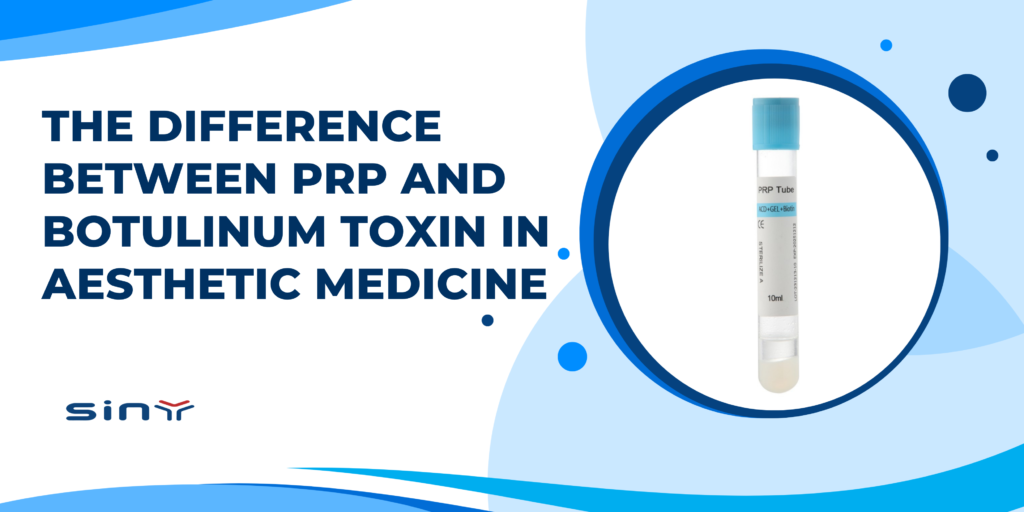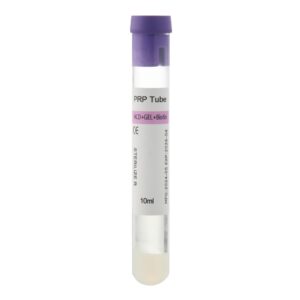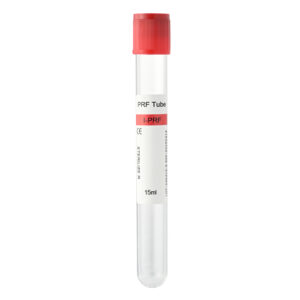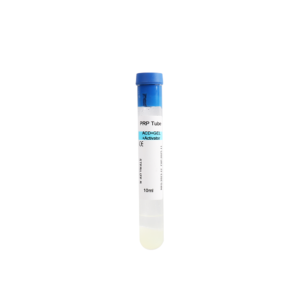The Difference Between PRP and Botulinum Toxin. In the rapidly evolving landscape of aesthetic and regenerative medicine, clinicians and distributors are constantly seeking effective, reliable, and in-demand treatments to offer their clientele. Two of the most prominent names in non-invasive facial rejuvenation are Platelet-Rich Plasma (PRP) and Botulinum Toxin. While both are celebrated for their anti-aging capabilities, they operate on fundamentally different biological principles and address distinct aesthetic concerns. Understanding the difference between PRP and botulinum toxin is not just a matter of clinical knowledge; it’s a crucial component of strategic business planning for any private clinic, healthcare professional, or medical consumables distributor.
What is PRP?
Platelet-Rich Plasma (PRP) therapy is a cornerstone of regenerative medicine, leveraging the body’s intrinsic healing mechanisms to rejuvenate the skin at a cellular level. The process begins with a simple blood draw from the patient. This blood is then placed in a centrifuge, a specialized device that spins at high speeds to separate the blood components. The goal is to isolate the platelet-rich plasma, a golden-hued serum concentrated with platelets, growth factors, and other vital healing proteins. When clinicians reintroduce this potent concentrate into the skin through injection or microneedling, it triggers a powerful regenerative cascade.
The growth factors within PRP act as messengers, signaling to the body to produce new collagen and elastin—the essential structural proteins responsible for the skin’s firmness, elasticity, and youthful texture. This process doesn’t just fill or freeze; it actively repairs and rebuilds the dermal matrix from within. Consequently, PRP is exceptionally effective for addressing concerns related to overall skin quality, such as fine lines, uneven skin texture, acne scars, and loss of volume. PRP therapy gradually reveals visible results over several weeks to months as new tissue forms, and these results last longer because the treatment strengthens the skin’s fundamental health. The efficacy of this entire process, however, is critically dependent on the quality of the PRP preparation.

Understanding Botulinum Toxin
In contrast to PRP’s regenerative approach, botulinum toxin, commonly known by brand names like Botox®, is a neuromodulator. It is a purified protein derived from the bacterium Clostridium botulinum. Its mechanism of action is highly specific: it works by temporarily blocking the release of acetylcholine, a neurotransmitter, at the neuromuscular junction. This interruption prevents targeted muscles from contracting. In aesthetic medicine, clinicians use this to address dynamic wrinkles—the lines and creases that form from repetitive facial expressions such as frowning, squinting, or raising the eyebrows.
By relaxing these specific muscles, the overlying skin smooths out, significantly reducing the appearance of forehead lines, crow’s feet, and glabellar lines (the “11s” between the brows). The effects of botulinum toxin are not immediate, typically becoming visible within three to five days and reaching their maximum effect at around two weeks. The results are temporary, generally lasting between three and four months, as the nerve endings gradually regenerate. Therefore, repeat treatments are necessary to maintain the effect. Clinicians use botulinum toxin as a precise tool for a specific problem—wrinkles caused by muscle movement—but it does not improve skin texture, tone, or collagen levels the way PRP does.
Choosing Between PRP and Botulinum Toxin
For medical professionals and distributors, guiding the selection process between PRP and botulinum toxin requires a nuanced understanding of their key differences. The choice hinges on the patient’s primary aesthetic goals and desired outcomes.
- Primary Indications: Botulinum toxin is the gold standard for dynamic rhytids caused by hyperactive muscles. PRP, conversely, is ideal for global rejuvenation, improving skin texture, addressing static wrinkles (fine lines visible at rest), reducing the appearance of scars, and restoring a youthful glow by boosting collagen.
- Mechanism: The core difference lies in their approach. PRP is a bioactive treatment that stimulates the body’s own regenerative processes for natural, progressive improvement. Botulinum toxin is a muscle relaxant that provides a more immediate, though temporary, smoothing effect on specific wrinkles.
- Results Timeline and Longevity: Patients can see the effects of botulinum toxin within days, lasting 3-4 months on average. PRP results emerge more slowly, over several weeks or months, but can last much longer—up to 18 months or more—as the treatment fundamentally improves the skin’s structure.
- Safety Profile: Since PRP utilizes the patient’s own blood, the risk of allergic reaction or adverse side effects is extremely low, making it a highly natural and biocompatible option. Licensed professionals generally regard botulinum toxin as very safe, but since it is a neurotoxin, improper injection can cause minor side effects such as bruising or unintended muscle weakness.
Why a High-Quality PRP Supplier is Crucial for Your Practice
The growing preference for natural and regenerative treatments has made PRP therapy a highly valuable service for aesthetic clinics. However, the quality of the tools used for preparation profoundly determines the clinical outcome of a PRP procedure. The concentration of platelets in the final injectate is the single most important factor for success. A low platelet count will yield disappointing results, undermining both patient satisfaction and your clinic’s reputation.
This is where the choice of a medical consumables supplier becomes a critical business decision. A superior PRP kit and centrifuge system are engineered to consistently produce a high platelet yield, ensuring the PRP is rich in the growth factors needed to stimulate effective tissue regeneration. Reputable suppliers provide systems that are not only efficient but also sterile and safe, minimizing the risk of contamination. When you partner with a knowledgeable and reliable supplier like Siny PRP, your practice gains access to professional-grade consumables that deliver consistent, high-quality results.. This partnership is an investment in the efficacy of your treatments and the trust of your patients. To ensure you are providing the best possible outcomes, explore the specifications of our advanced PRP systems on the Siny PRP product page.
FAQs
1. Can PRP and botulinum toxin treatments be used together?
Absolutely. Many clinicians find that a combination approach yields the most comprehensive results. Clinicians use botulinum toxin to address deep dynamic wrinkles in the upper face, while they apply PRP to improve overall texture, tone, and fine lines across the entire face for a more holistic rejuvenation.
2. Which treatment is more suitable for concerns around the eyes?
It depends on the specific issue. For “crow’s feet,” which develop from squinting, clinicians typically achieve the best results with botulinum toxin. For concerns such as thinning skin, fine lines, and dark circles under the eyes, practitioners often prefer PRP because it helps thicken the dermis and improve skin quality in this delicate area.
3. What is the comparative downtime and patient experience?
Both are minimally invasive procedures. After botulinum toxin injections, patients may experience minor redness or swelling at the injection sites, but can typically resume normal activities immediately. PRP treatments may involve slightly more downtime, with potential for mild redness, swelling, and bruising for a day or two, particularly if administered via microneedling.
4. How does the quality of a PRP tube impact the final treatment outcome?
The quality of the PRP tube is paramount. A high-quality tube contains a proprietary anticoagulant and a separation gel designed to effectively isolate platelets from red and white blood cells during centrifugation. This ensures a higher concentration of pure PRP, which directly translates to a greater concentration of growth factors and, ultimately, a more robust and effective clinical result for the patient.





